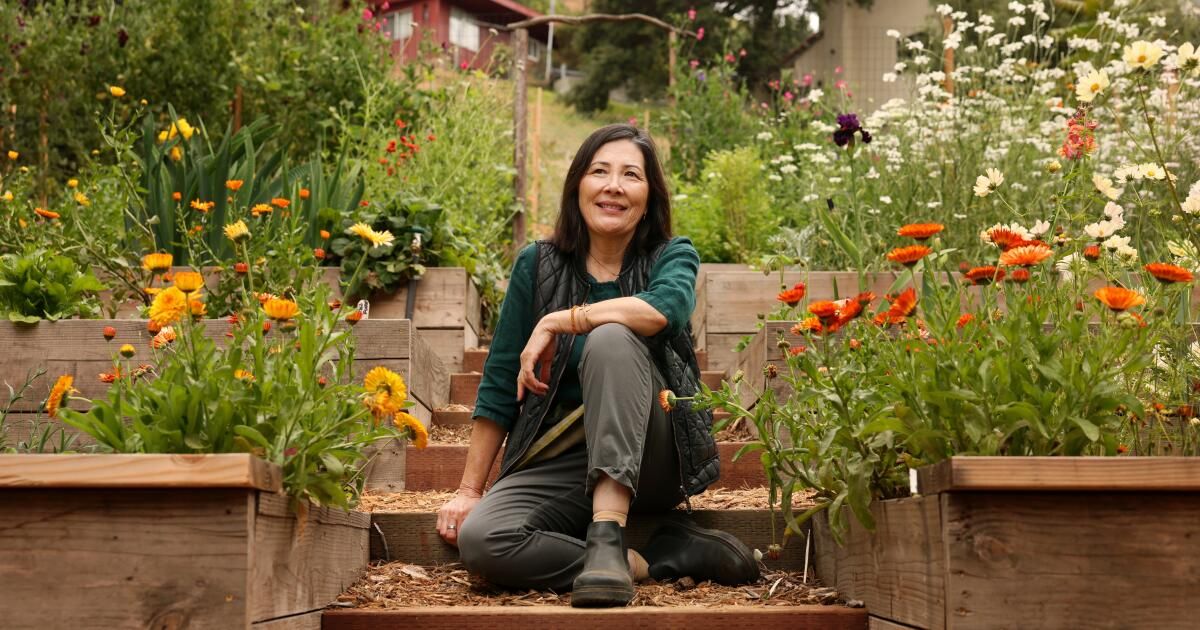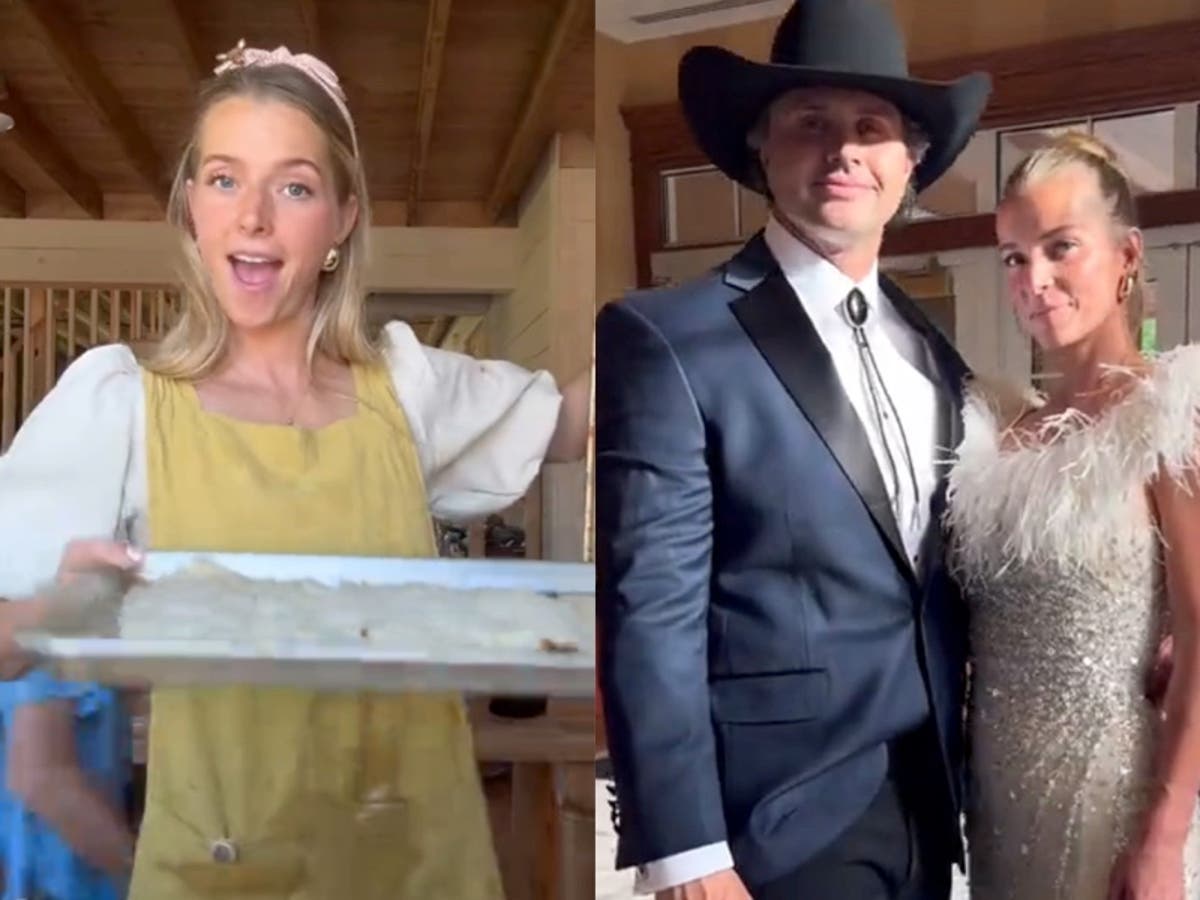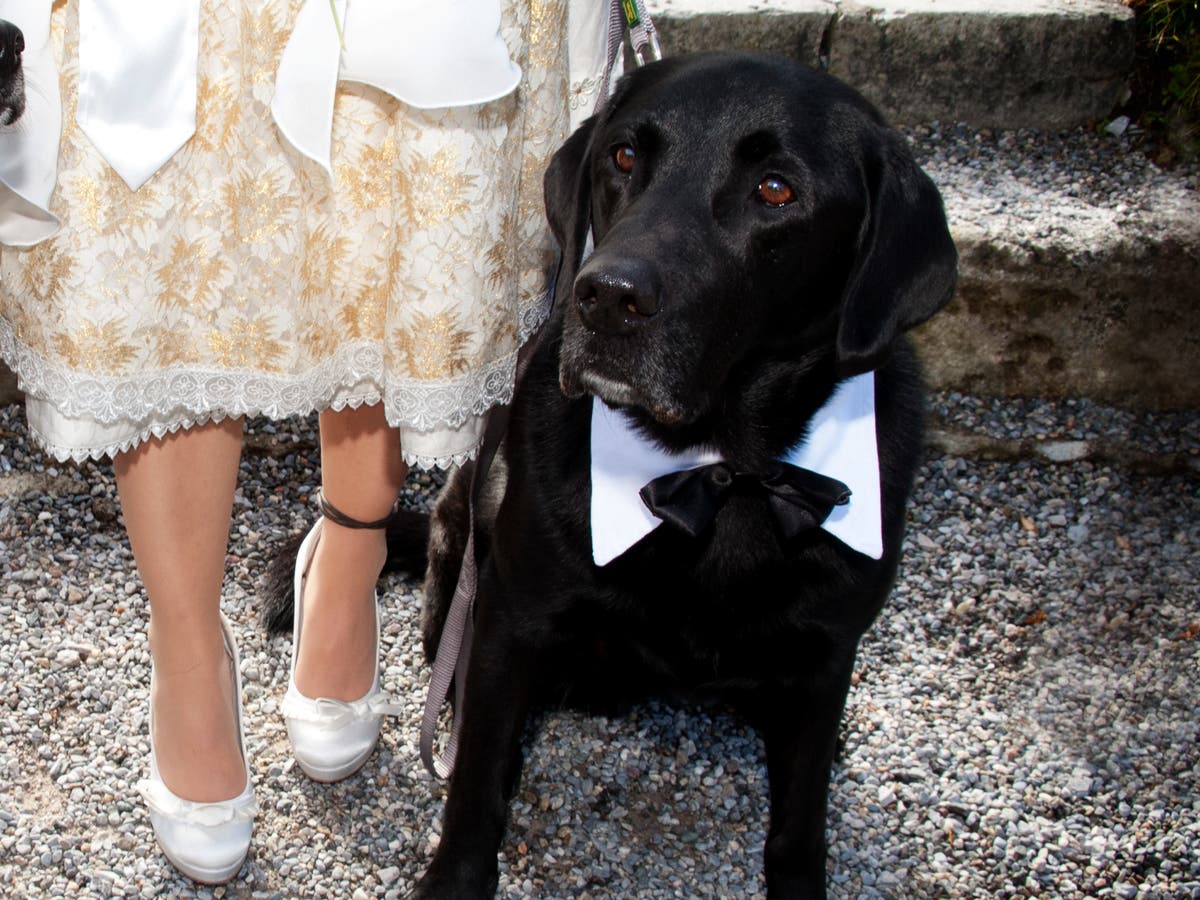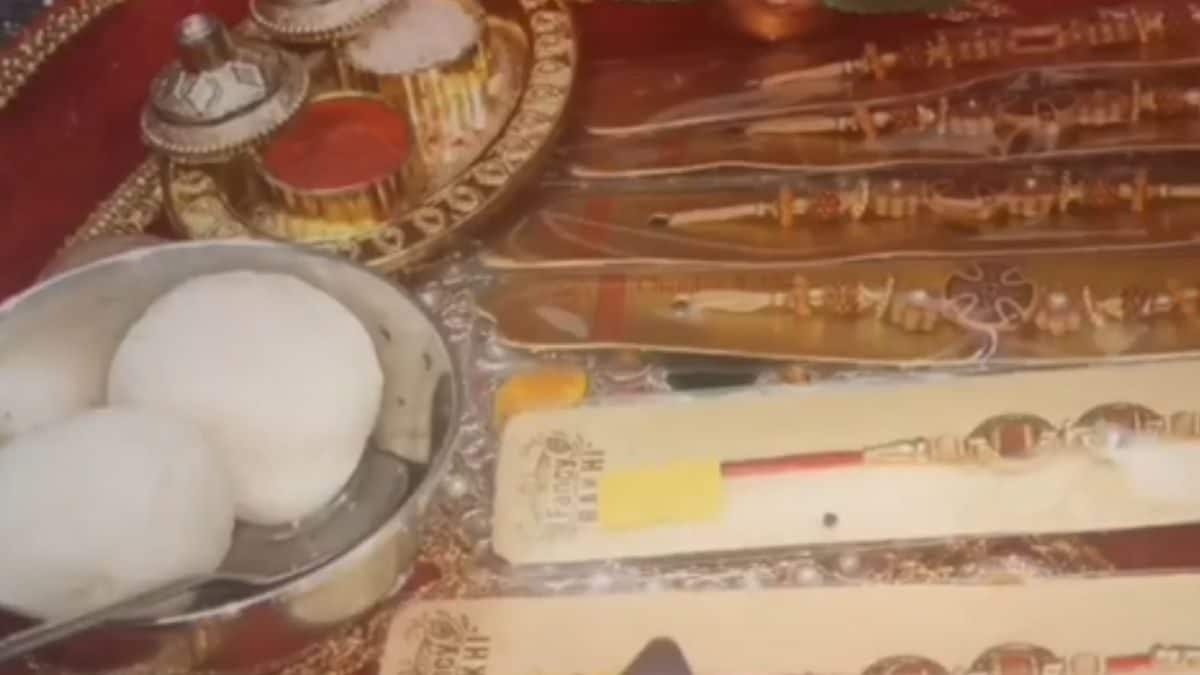Kathleen Ferguson took a pair of pruning shears from a mailbox nailed to a garden bed and bent down to cut bunches of Orlaya grandiflora on the hillside full of flowers.
“This property has a pulse,” she said as she placed the white lace flowers in a bucket of water. “The wildlife here is incredible. I have caught bees sleeping on sunflowers.”
With limited land for green space in Los Angeles, many people are growing flowers for sale in surprising places: under power lines and in their front and backyards. In Ferguson's case, the landscaper is propagating flowers on a vacant lot offered by a friend of hers, screenwriter Dalan Musson, whom she met while volunteering at the North Central Animal Shelter in Los Angeles.
The empty hillside, before Kathleen Ferguson transformed it into a flower garden.
(Kathleen Ferguson)
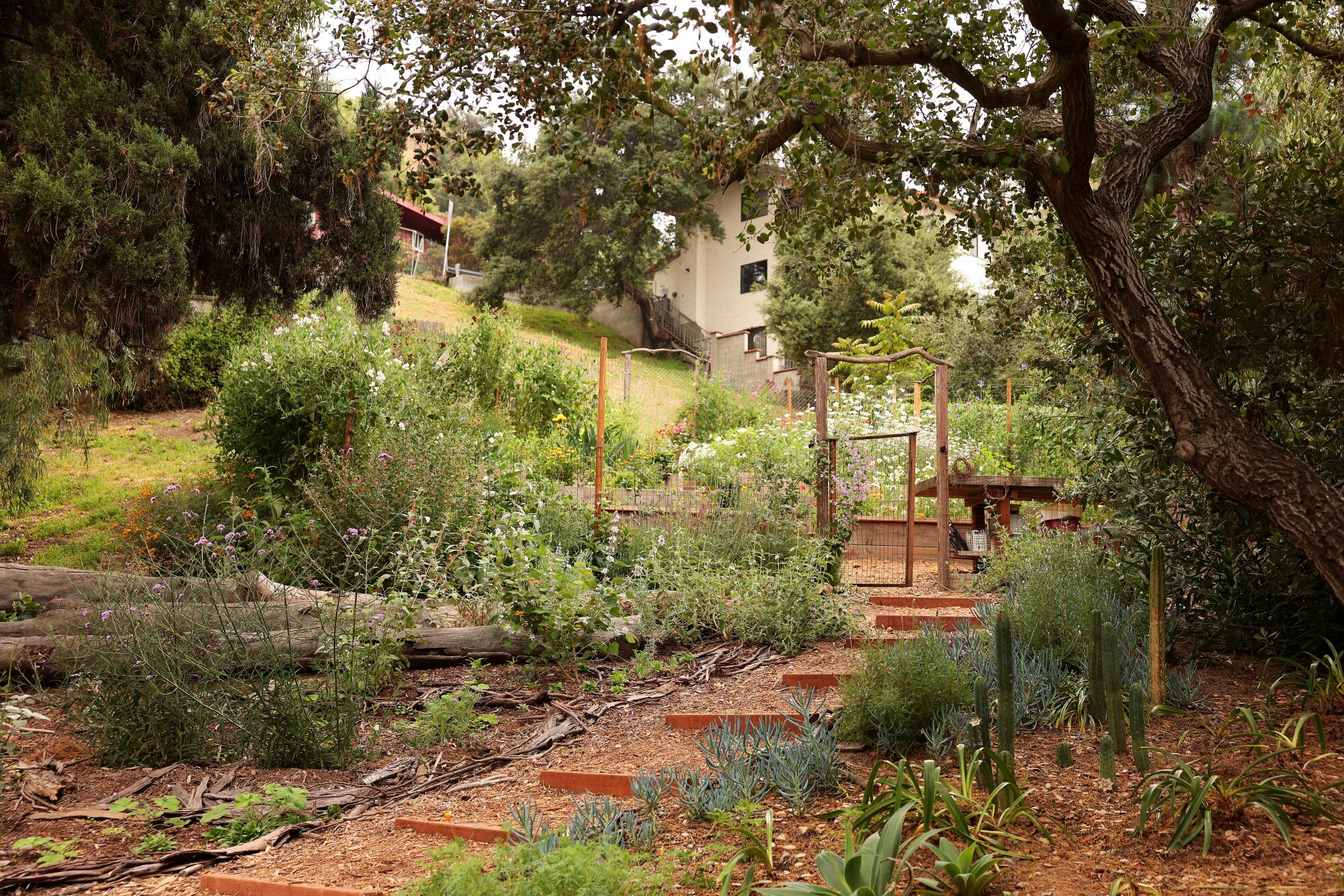
Ferguson's lush garden now.
“Just being able to walk outside and see monarch butterflies and bees flying around my backyard is amazing,” Musson said of Frogtown Flora's effect on wildlife on his 1.5-acre property in Eagle Rock. “It makes me feel viscerally connected to the natural world.”
It's also magical for Ferguson, who over the past 11 months has built a colorful farm on half an acre with flowers, including Agrostemma, lilies, zinnias, cosmos, roses, sunflowers, sweet peas, French carnations and ranunculus. White marigolds and green onions are planted to help deter skunks, raccoons and squirrels who like to uproot your dahlias. The volunteer tomatoes and cilantro that materialized from the compost are left to blossom and bloom. “I like to mix it up,” he said of the variety of plant life. “If something comes up, I have no problem letting it grow.”
Outside the perimeter of the farm and at the top of the hillside, he is experimenting with drought-tolerant native California perennials, including fragrant sage, buckwheat, hollyhocks and the native rose. California Rosecto. He also grows native poppies (Matilija and California), penstemons, lupins and many different salvias.
Like many landscapers accustomed to working outdoors, Ferguson battled cabin fever during the COVID-19 pandemic. When he started listening to podcasts about locally grown flowers while he tended his own garden, he became “obsessed with flowers.”
“I listened to podcasts all day: 'On Being,' 'Slow Flowers,' 'Cultivating Place,' and [‘Field & Garden’ from the Gardener’s Workshop] between them,” he said. He was drawn to the environmental effect of imported flowers in relation to pesticides, water and transportation, and his journey into urban flower growing was a natural progression. With a background in landscape architecture from Cal Poly Pomona and a passion for the environment, she decided to grow what she describes as “climate-appropriate flower species” for Los Angeles.
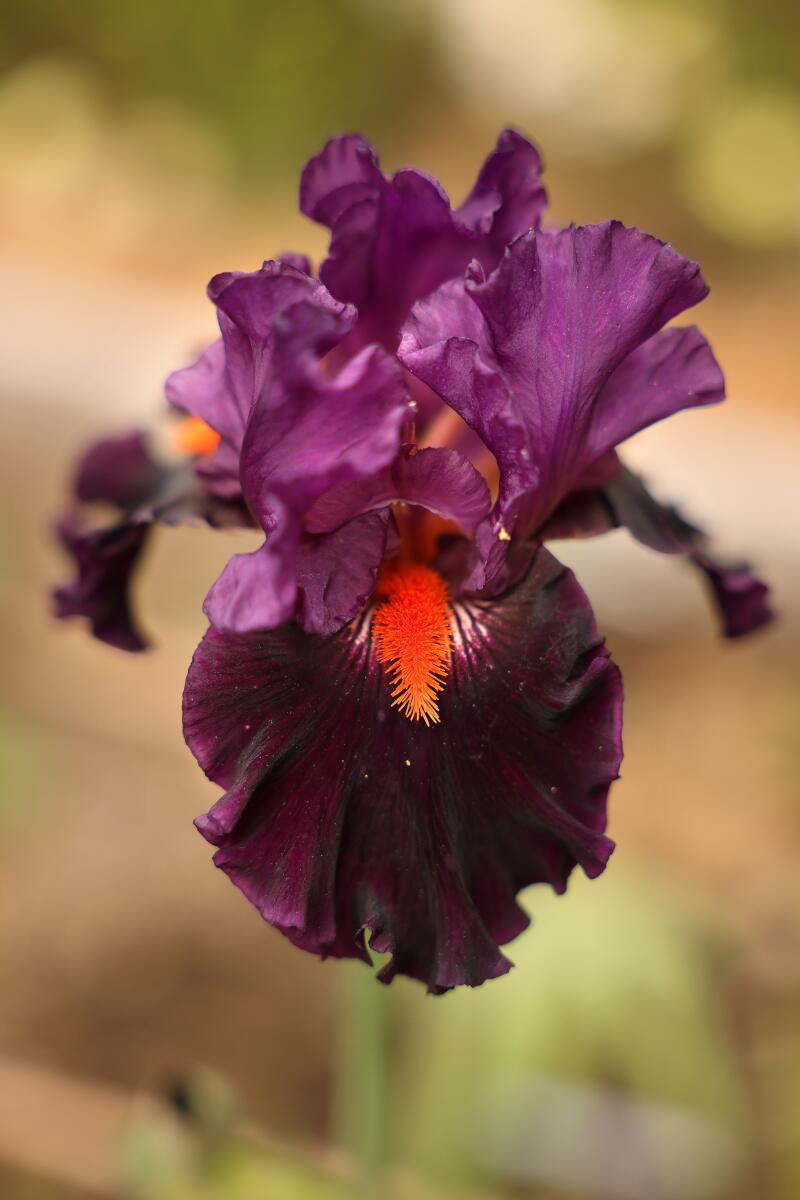
A well-dressed man's iris in Ferguson's garden.
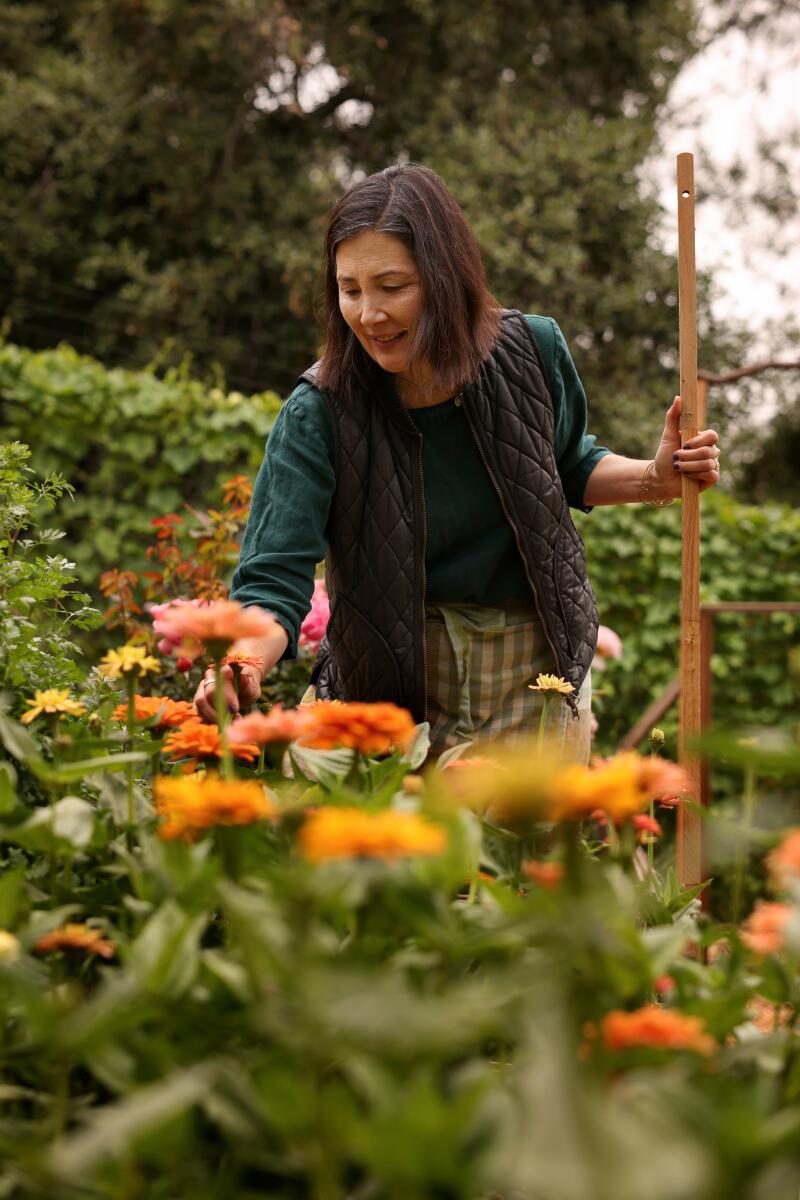
Ferguson takes care of his flowers.
She learned a lot from the local flower growers she contacted on Instagram: “I realized that all the flower growers, who happened to be women, are very passionate about what they do and are very generous with their knowledge. I can reach out to any of them and ask, 'What has your experience been with germination?'”
Flower growers hosted rotating potlucks on their farms and attended the San Fernando Valley Iris Society, of which Ferguson is a member.
His first venture was a small plot at the Elysian Valley Community Garden in 2022. But as his interest and knowledge grew, so did his ambitions. When Musson heard how passionate he was about growing flowers locally, he offered her a portion of his property as a new canvas for his urban flower farm.
“The people are good,” Ferguson said of Musson. “People are generous; They want to help others realize their dreams. It is beneficial for both of us.”
The challenge for Ferguson was location. “I was excited,” he remembers, “but when I saw it was a slope, I knew it would be a lot of work.”
Once he understood how it could work, he built 12 four-by-10-foot raised beds on each side of a staircase with lumber left over from a construction project.
“My husband and I loaded the wood onto a truck and brought it here,” she said. “Now when I get extra wood, I can't help but think about what I can grow here. We are going to install a greenhouse and add more beds. “Everyone my age likes Pilates and strength training, and when they suggest I go, I say, 'Do you know how much strength training I do on this incline?'”
Ferguson's good luck continued when he realized that the land didn't need much work because it had never been developed. “We used what was here,” said the designer and certified arborist, who eschews chemicals. He started with a weed barrier, local soil, worm castings, compost and organic fertilizer. He covers the soil with his rabbits' bedding when it is time to replace it and has been experimenting with sheep pellets to enrich the soil and help deter slugs, snails and weeds. He installed a drip irrigation system and pays Musson monthly for water, although he said he doesn't use it much. “The natives don't need any once established,” he added.
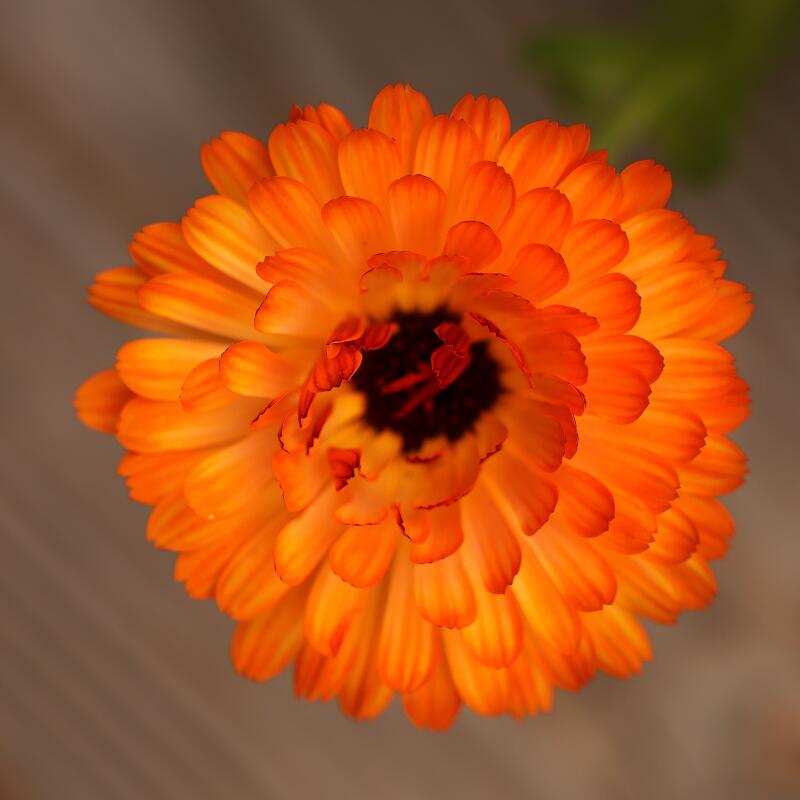
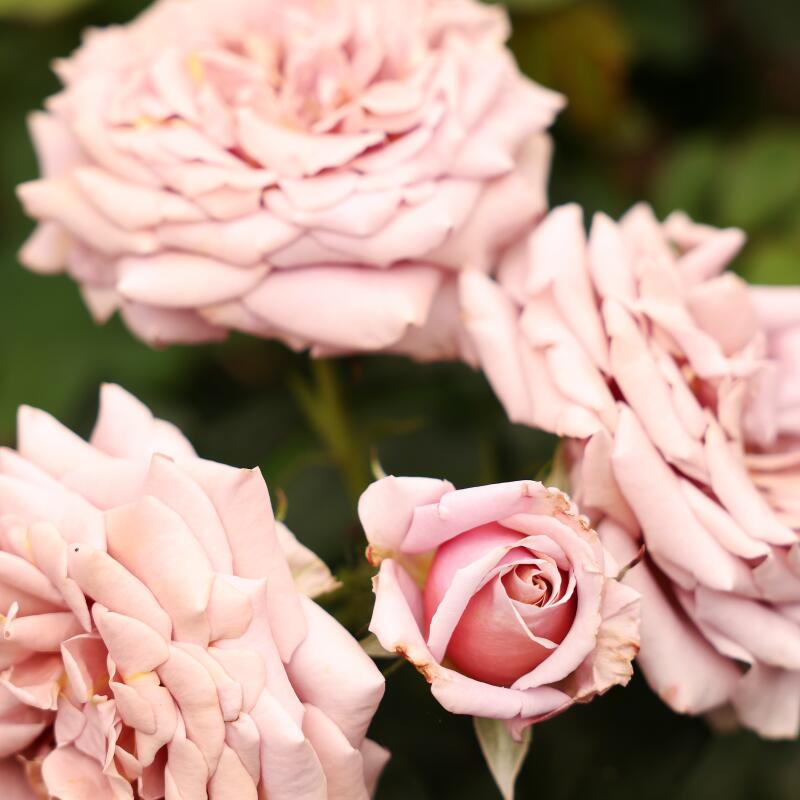
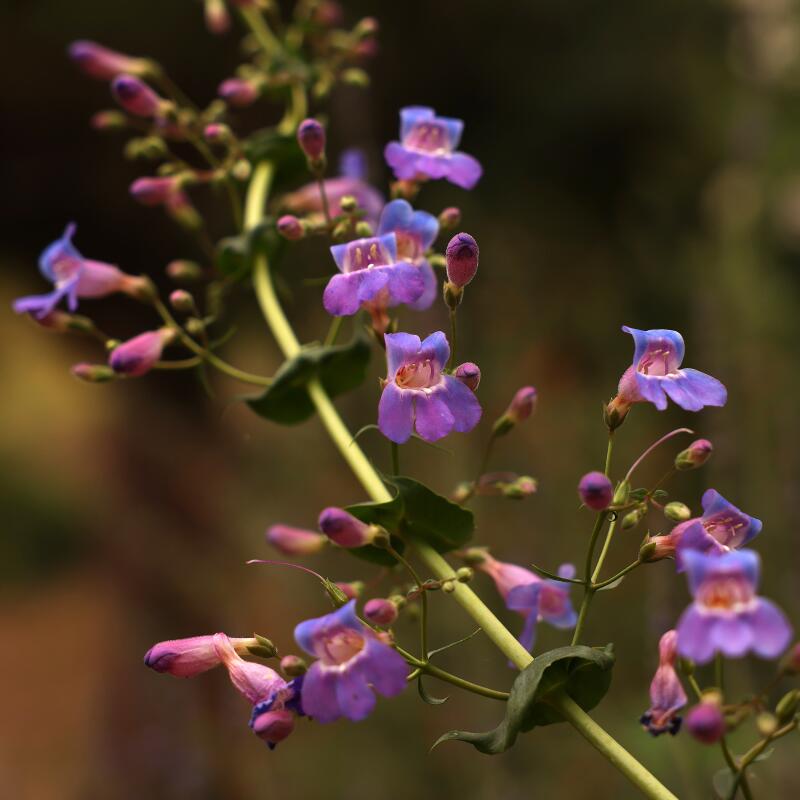
Calendula. Koko Loco Roses. Penstemon.
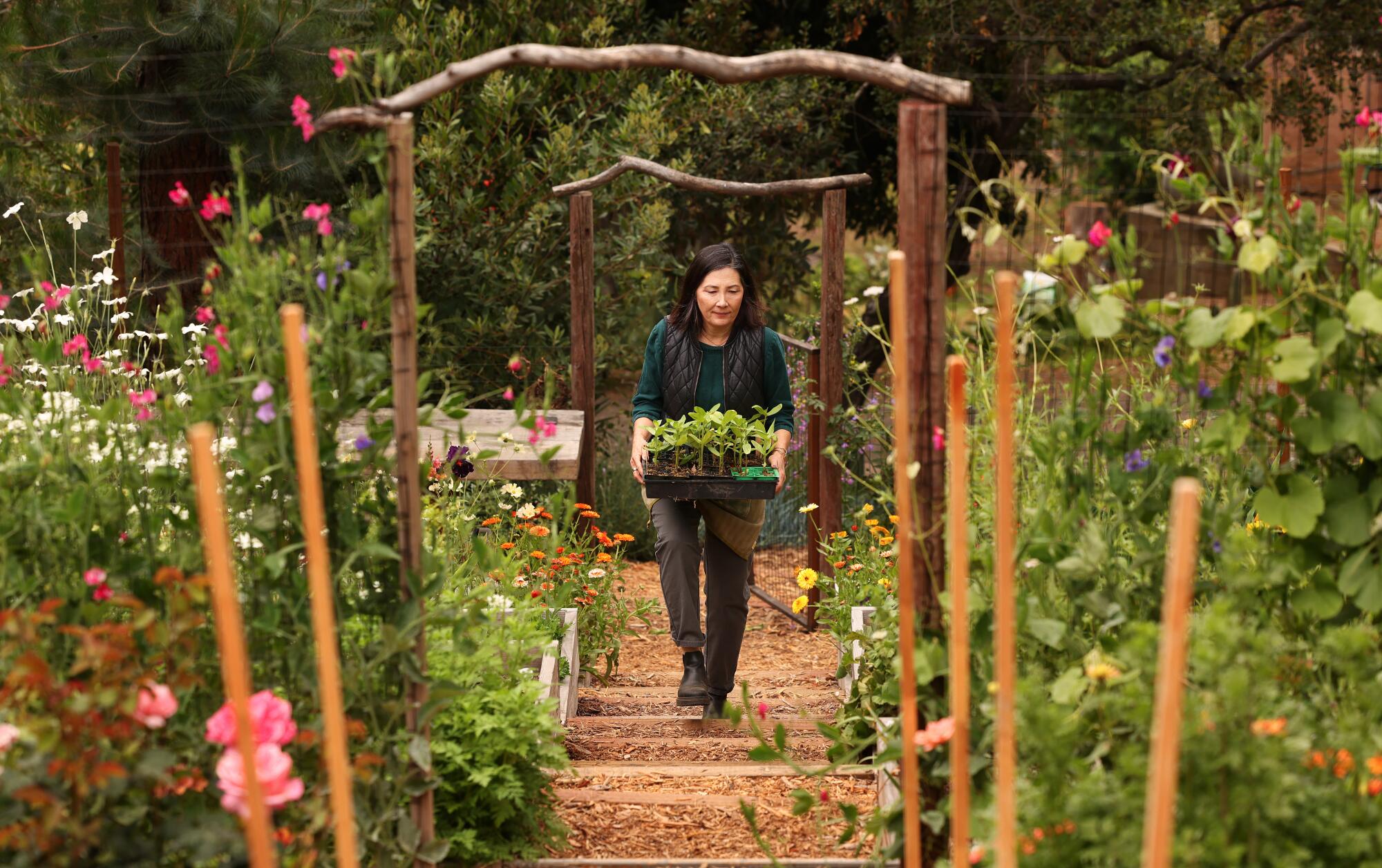
Ferguson carries zinnias she grew from seed up the steps of her hillside garden.
She is a big proponent of using rabbit waste as fertilizer because it does not require composting like chicken manure.
“Rabbit poop is amazing and great if you're trying to come full circle in your garden,” she says, “as you can feed them lots of vegetables and then what they produce goes straight into the garden.”
While some farmers choose what's trendy, Ferguson prefers to plant the flowers he likes. It is a strategy that is working.
“Kathleen's flowers are stunning,” said Lauri Kranz, who sells Ferguson's flowers at LA Homefarm in Highland Park. “When Kathleen pulls up in her car with buckets full of freshly cut flowers, our customers start lining up to take advantage of the reward that awaits them.”
For Ferguson, a Los Angeles native who grew up in Koreatown, flowers are about more than beauty.
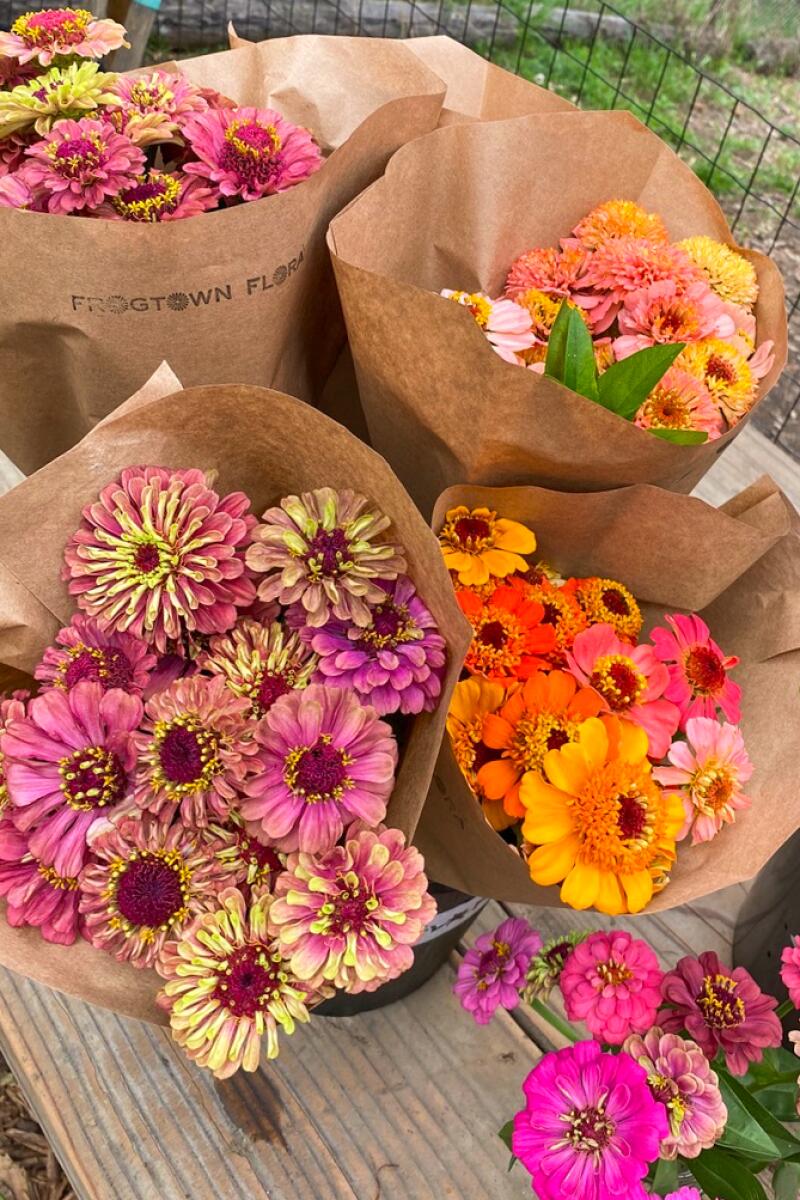
Frogtown Flora Bouquets. (Kathleen Ferguson)
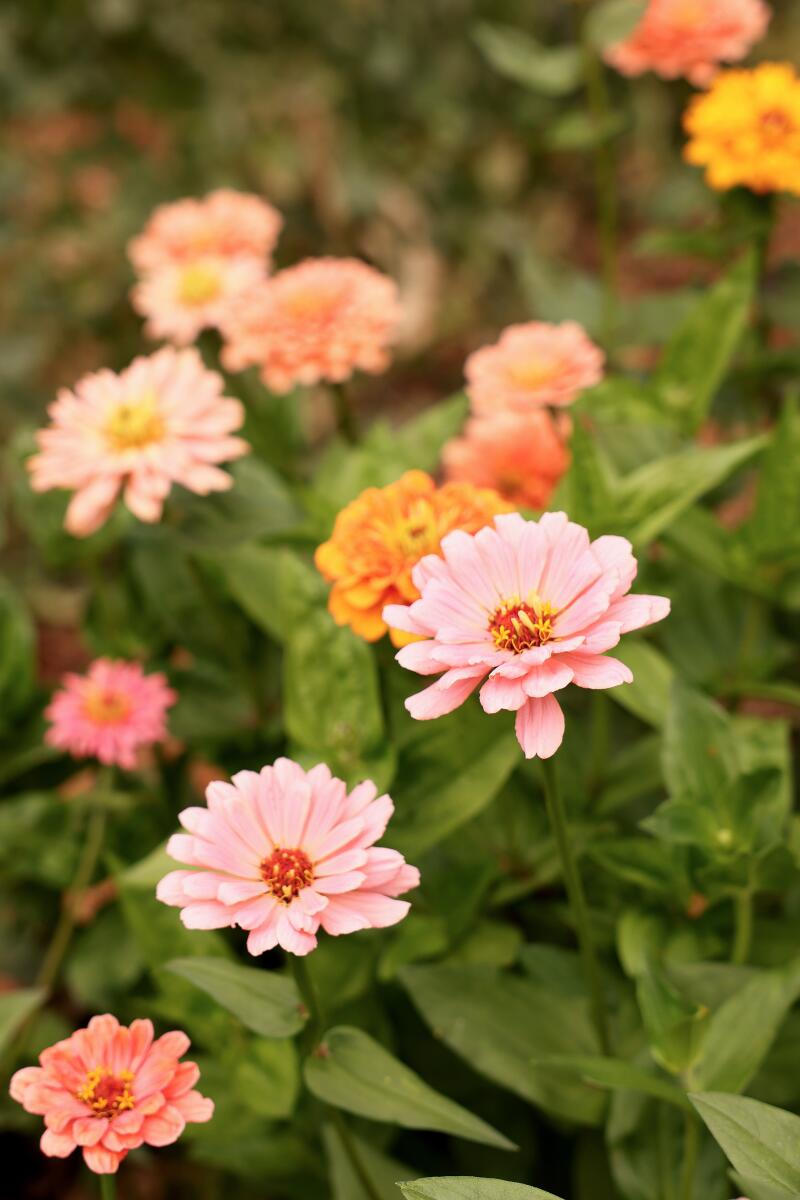
Zinnias in the Ferguson garden. (Christina House / Los Angeles Times)
There is the feeling good aspect. “It brings a lot of joy,” she said. “Flowers have been in our culture since humanity has existed. Flowers symbolize so many things. It's the whole cycle of life. They mean so much to so many different cultures. I love growing. I love the challenge. I also love making people happy.”
And then there is the wildlife aspect.
During a recent visit, the contrast between the roar of nearby Highway 2 and the sound of birds chattering in the yard was striking. In a dense patch of sweet peas, Ferguson pointed out an example of his “nature first” philosophy in the way he strategically cut the flowers to preserve the privacy of a bird's nest. “The flowers have brought a lot of extra life to this property,” she said. “He left that section of sweet peas alone.”
In addition to selling flowers to Kranz and Gather Flora at the Original Los Angeles Flower Market downtown, Ferguson recently started bouquet subscriptions and hosted a tour of eight flower farms in Los Angeles. He expected 50 people to attend. “We had to close our reservations when we reached 800,” she said, noting interest in locally grown flowers.
According to a 2023 National Garden Association. In the survey, 63% of respondents indicated that locally grown flowers were important when purchasing cut flowers and arrangements, while 59% indicated that flowers grown in the United States were important when purchasing cut flowers and arrangements.
Like the slow food and slow fashion movements, consumers want to know where their flowers come from, said Debra Prinzing, founder of the Slow Flowers Society.
“I think people want to engage more deeply with nature as an antidote to the general stress and chaos of life,” Prinzing said. “Locally grown flowers, like those from Frogtown Flora and other Southern California flower producers large and small, provide the sensory connections we crave. “They reflect the season, the time and the place in which we commemorate special occasions or everyday gestures.”
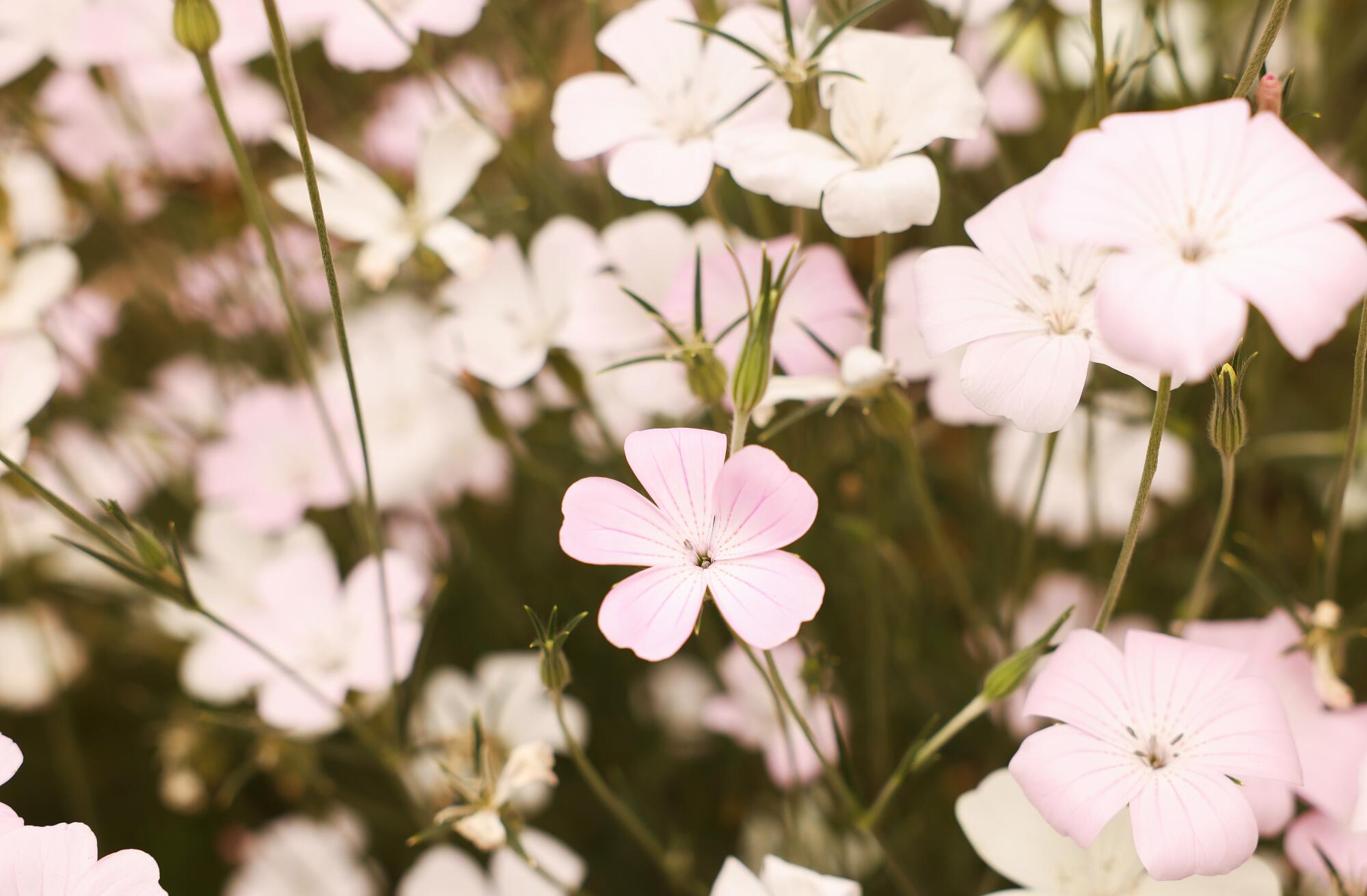
Dawn Creek Blush in Ferguson's garden.
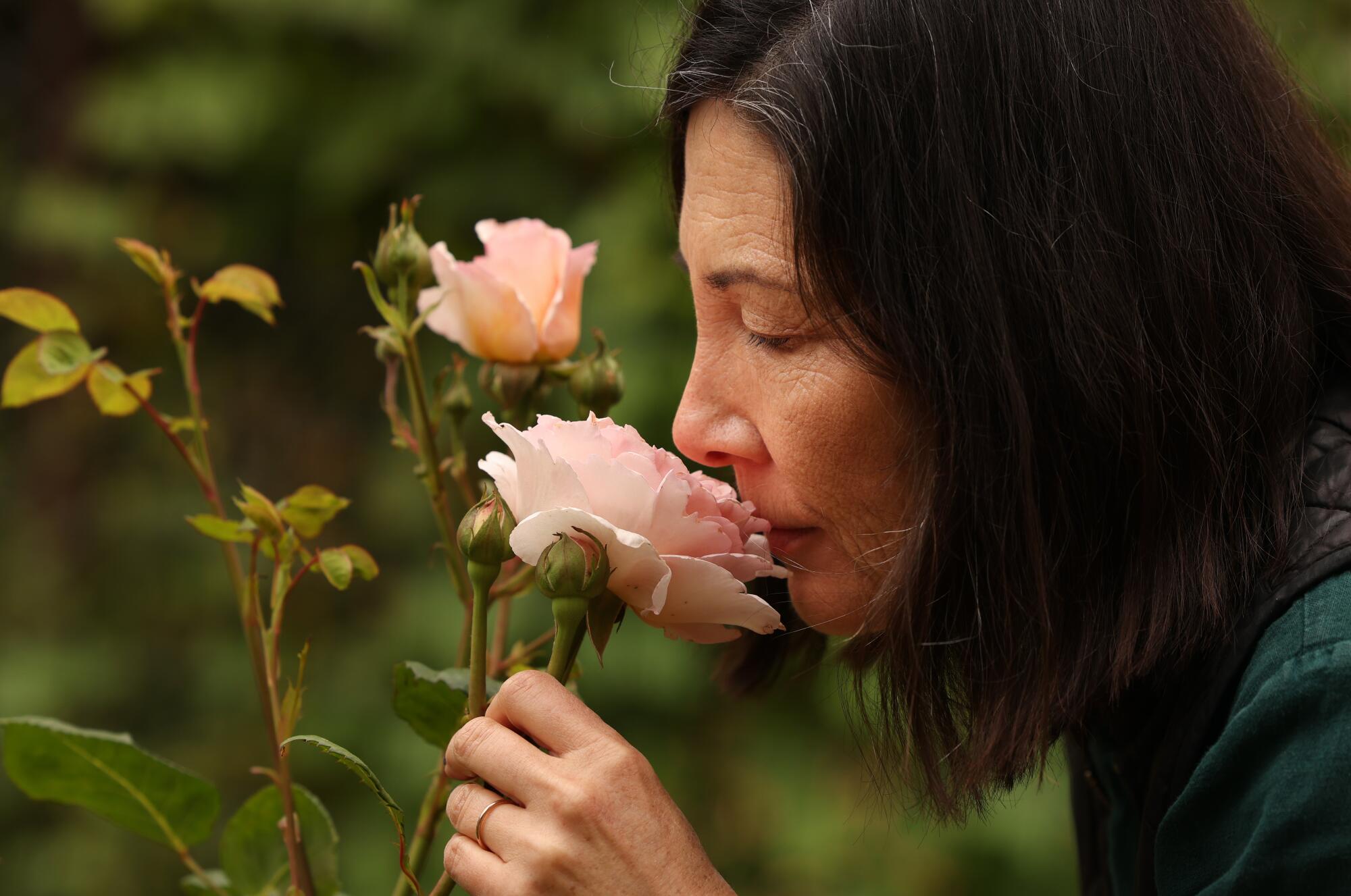
Ferguson smells a rose in his hillside garden.
Ferguson, 55, also sells mixed vase arrangements and flower buckets to customers interested in fresh flowers, but not necessarily a designed arrangement. “This is a great option for DIY weddings and celebrations and for those who just want beautiful, fresh, locally grown, pesticide-free flowers,” she said.
Walking up the long driveway to the garden from the street, it becomes clear why Musson is delighted with the plot's transformation.
“Some days, when I'm exhausted, I come here and see a new flower I've never seen before,” he said. “Sometimes I can't believe I'm living in Los Angeles. A Target is within walking distance, but I have mature coast oaks, toyon cherry and catalina trees. There are bats. “I hear owls at night… It’s amazing to have a place where bees and butterflies can go.”

